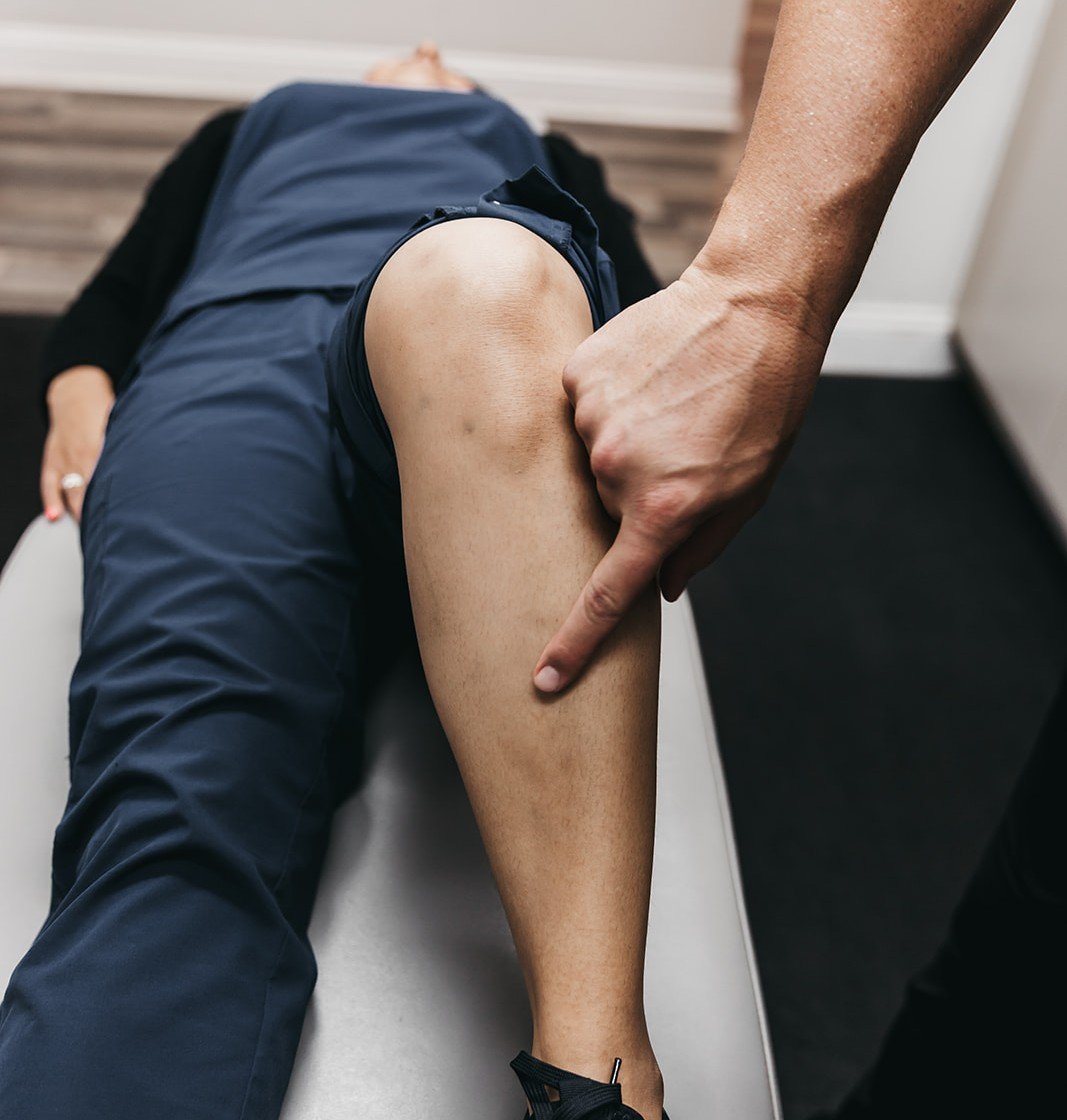How to Tell if You Have Shin Splints and How to Recover
It seems like most runners have been plagued by shin splints at some point in their life. While frustrating and painful, luckily it can be easy for runners to avoid shin splints with the right training regemin. Shin splint recovery for runners is possible.
What Are Shin Splints?
Shin splints, also known as medial tibial stress syndrome (MTSS), typically refers to any lower leg pain that occurs below your knee, either on the front outer part of your leg (anterior shin splints) or the inside of your leg (medial shin splints). It is common for runners to suffer from shin splints, especially inexperienced runners.
Curiously, there is no true medical definition of what occurs when you have shin splints. Sports scientists have a variety of theories, included small tears in the muscle that’s pulled off the bone, an inflammation of the periosteum (a thin sheath of tissue that wraps around the tibia, or shin bone), an inflammation of the muscle, or some combination of all of these.
Regardless of what is actually happening, there are ways to tell if you have shin splints, or a different running-related injury.
How to Tell if You Have Shin Splints
There are two conditions that are often mistaken for shin splints in runners.
One is compartment syndrome, if the pain is on the outside part of the lower leg. A doctor or physical therapist can help diagnosis if this is the problem at hand. The symptoms of this include leg pain, unusual nerve sensations, and eventually muscle weakness.
Pain in the lower leg could also be a stress fracture, which can be detected from an X-ray. If you can feel a definite spot of pain in your leg, it is more likely you are suffering from a stress fracture, as shin splints pain tends to be more generalized.
If you have lower leg pain that affects a large portion of the leg, it’s likely shin splints. Shin splints often feel worse in the morning because the soft tissue tightens overnight. Shin splints are also often at their most painful when you flex your ankle or bring your toes toward your shin.
What are the Causes of Shin Splints?
There are a number of potential causes for running shin splints. They include:
Overpronation
Inadequate stretching
Worn shoes
Excessive stress placed on one leg or one hip from running on cambered roads or always running in the same direction on a track
Abrupt changes in running routine (increased mileage, running hills)
Beginner runners whose muscles are not accustomed to the stresses of running
The most common site for shin splints for runners is the medial area, which is the inside of your shin.
If you have pain on the outside of your shin, that is usually the result from an imbalance between your calf muscles and the muscles along the front of your leg. This is common in beginner runners whose muscles have not adjusted to running, or who are not stretching enough.
Shin Splint Recovery for Runners
When you start experiencing shin pain, you should stop running. If this is not possible, you should decrease your training depending on the extent and duration of the pain.
Runners should also ice your shin to decrease inflammation.
As you recover from shin splints, try the following stretches:
For medial shin splints, gently stretch your Achilles
For anterior shin splints, stretch your calves
Start in a seated position, then trace the alphabet on the floor with your toes. Do this with each leg, three times a day
Alternate walking on your heels for 30 seconds with 30 seconds of regular walking. Repeat four times, three times a day.
Foam roll your shins.
Cross training is a great idea to give your muscles a break. Try swimming, cycling, or running in a pool.
When you return to running,. increase your mileage slowly, with no more than a 10% increase in distance each week. You should also avoid hills and very hard surfaces until the pain goes away.
Be gentle on your muscles until you have recovered. A physical therapist an also help you create a recovery regimen for shin splints.
How Can I Prevent Shin Splints?
There are many ways you can lower your risk of shin splints.
The number one tip is don’t increase your running too much, too fast. That includes mileage and difficulty of terrain.
If you tend to run on the same path or around a track, try running in the opposite direction.
Make sure you’re wearing the correct shoes. Visit your local running shoe store for tips, or see a physical therapist to understand what type of shoe is best for you.
Strength training and regular stretching will also keep your muscles in good shape and keep you in proper form and alignment.
What Should I Do If I Have Shin Splints?
If you believe you have shin splints, follow the tips above to heal. if you aren’t certain if you’re dealing with shin splints or something more serious, you should visit a professional for a thorough diagnosis.
Also, if after six weeks of rest the pain has not gone away, a physical therapist visit is recommended to see what is going on.
Oregon Running Clinic is on hand to assist with shin splints diagnosis, treatment plans, and help evaluate your form so you can continue running injury-free.

